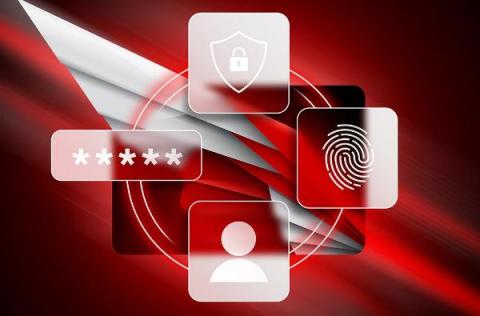Security | Threat Detection | Cyberattacks | DevSecOps | Compliance
Cyberattacks
Who Knew Neanderthals were so High-Tech?
Researchers at ESET describe various types of scams launched by users of Telekopye, a telegram bot that assists in crafting social engineering attacks. The scammers call their victims “mammoths,” so ESET has dubbed the scammers “Neanderthals.” The first type of scam is simply financial data theft via phishing sites.
Initial Access Broker Activity Doubles in One Year's Time
New data sheds light on just how active the Initial Access Broker (IAB) business is, and the growth uncovered doesn’t bode well for potential victim organizations. There’s plenty of fodder in tech news about the use of IABs and their role in cyber attacks. But rarely do we get to see a more comprehensive analysis of just how much growth in both the number of brokers and posts of credentials for sale.
Where to Get Hacker Attacks and Payloads #cybersecurity #applicationsecurity #cloudsecurity
Phishing Attacks Expected to More Than Double During the Black Friday and Cyber Monday Shopping Week
Another day, another warning about holiday scams! Lookout Inc., a data-centric cloud security company, is warning employees and businesses that phishing attacks are expected to more than double this week, based on historical data. With more corporate data residing in the cloud and a massive amount of employees still working remotely, mobile has become the endpoint of choice for the modern workforce.
UK Finance Reports Slight Decrease in FinTech Cyberattacks
The latest report from UK Finance paints a mixed picture of financial fraud in the United Kingdom, with losses exceeding £500 million in the first half of the year. However, amidst these concerning figures, there is a glimmer of hope as cyber fraud rates have shown a slight 2% decrease from the previous year.
Multi-Stage Attacks & How To Detect Them
DDoS Attack Mitigation Playbook for SOC and DevOps Teams
Lessons Learned From the Clark County School District Ransomware Attack
Clark County School District in Nevada, the fifth-largest school district in the United States, recently experienced a massive data breach. Threat actors gained access to the school district’s email servers, which exposed the sensitive data of over 200,000 students. The district is now facing a class-action lawsuit from parents, alleging it failed to protect sensitive personal information and take steps to prevent the cybersecurity attack.
Endpoint and Identity Security: A Critical Combination to Stop Modern Attacks
Today’s adversaries increasingly use compromised credentials to breach target environments, move laterally and cause damage. When attackers are logging in — not breaking in — legacy endpoint security offers little help in detecting and stopping breaches. Exacerbating the problem is an expanding attack surface, largely due to the growth of remote work and evolving supply chains.









